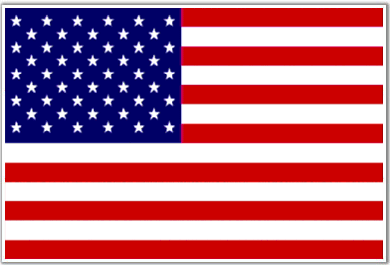STARLINE - The Beach Boys
on 45
 |
USA Starline Reissues |
|
| Green swirl label | Tan / Avocado label | Purple label |
| Light Green label (promo) | Blue label | |
| Red Target label | Rainbow label | US Starline overview |
An introduction
The Starline records first came out in the 1950's. LP's were gold label, then grey. During the early 60ies when the first Beach Boys 45’s were re-issued, Starline singles had the green/dark green swirl label. In early 1967, the LP label switched to a target, as did the singles. Quickly, the LP label was replaced with one resembling a red/white star. Then, both album and single switched to a tan/brown label with the C logo, followed in 1977 by a tan/brown label with the dome logo. In 1981, the tan label was replaced by blue. In 1983, these labels were again replaced by rainbow labels with the StarLine logo. Finally, purple labels with the starline logo were issued.
In short is this the time table in which all different singles were re-issued:
| Time | Label |
| September 1965 - January 1967 | Green Swirl |
| January 1967 - ? | Light Green Promo |
| January 1967 – 1972? | Red/White Target |
| 1972? - April 1977 | Beige/Tan/Avocado with “C” Logo (starting in September 1975 may have “All Rights Reserved” print on rim) |
| April 1978 - November 1981 | Beige/Tan/Avocado with “Dome” Logo |
| November 1981 - Spring 1986 | Blue Label, both A- and X-prefix |
| July 1983 - Summer 1988 | Rainbow |
| Summer 1988 - ? | Purple |
If you think collecting a series of Starlines is easy, you’re hope will be deceived. Many Beach Boys 45’s were re-pressed, and there are factors that affect label variations. Many variations. The big one is being where the 45 was pressed. Capitol initially had four pressing plants: Los Angeles, Scranton, Jacksonville Il, and Winchester VA. During the 70-ies eventually 2 plants were closed. It's probable that different label variations were pressed simultaneously by different plants (causing tiny differences in font type, -space, and -colour). And this does not take into account further variations, like the use of different logo’s, the mentioning of different song publishers, different prefix notations, and additional information, like Mono/Stereo, All Rights Reserved, or Subsidiary notation.
Pressing plants
The way to differentiate between the pressing plants is stamped in the run out grooves (from a post on Steve Hoffman's site):
And the full matrix number as scratched or stamped into the runout grooves will also give an indication of the order of label variations at a particular plant.
To keep the Starline section of this website readable, it is conveniently arranged by dividing it into the different labels. For each label one will find some additional information plus an extensive overall picture of all releases on that specific label.